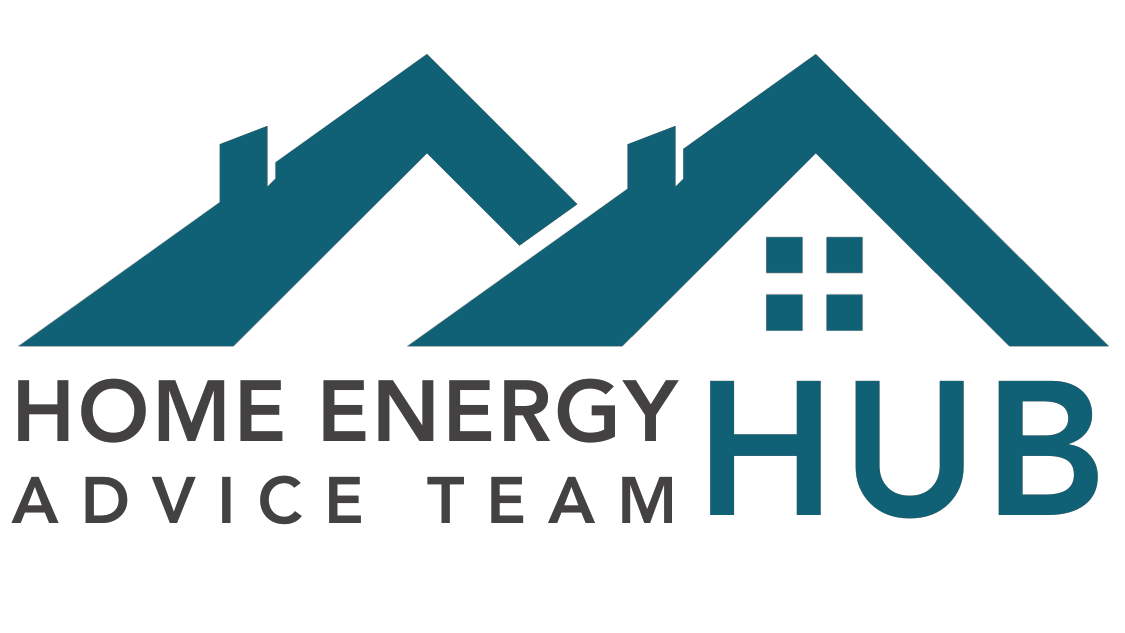Retrofitting a 1960’s Bungalow
Belper, Derbyshire
The brick cavity wall property, built in the 1960s, was purchased by the current owners eight years ago. Since then, they have done extensive retrofitting from 2015 to 2017 with the aim to be less dependent on the grid, make their home more energy efficient and be more comfortable in their home.
They applied a wide selection of measures to retrofit their homes, the three main measures being solar PV panels, insulation, and installing a mechanical ventilation and heat recovery system (MVHR).
Solar Panels
In 2015, the homeowners took advantage of a government financial assistance scheme to install solar photovoltaic (PV) panels. As part of this initiative, they were able to install 4kW solar panels on the southeast-facing roof at no additional cost to themselves. This has already paid back the installation costs and continues to pay, at the same rate, until 2035. The government scheme they used is no longer available, though for some people other schemes may be appropriate to help them improve their homes.
Insulation
Prior to 2015, the owners had purchased cavity wall insulation. Since then they realised the importance of sustainable, breathable materials and chose to improve the loft and subfloor insulation with sheep wool. This provides a warm, insulating layer, whilst still allowing the building to breathe, avoiding condensation. Additional insulation was added around the main pressure hot water tank, which has ports for an immersion heater that they can use surplus solar energy to fuel, as well as a port for an air source heat pump connected, should they want to take their retrofitting journey further. Additionally, polystyrene panels were placed on top of the existing floor, supported by heated water pipework runs, as part of an overfloor heating system. This provided a separate temperature control for each room.
Mechanical Ventilation and Heat Recovery System (MVHR)
The installation of MVHR throughout the property controls the risk of condensation which can come from the increased insulation. It also eliminates the need for window trickle vents and bathroom and kitchen moisture extractor fans.
Performance and What They Would Do Differently
Since 2016, the owners have been very satisfied with the improved comfort and energy efficiency - there has been an impressive 30% reduction of gas (and electricity), especially given that the living space has increased by 50%!
The owners said : “We are still finding ways to increase our direct use of solar-generated power for our appliances.”


